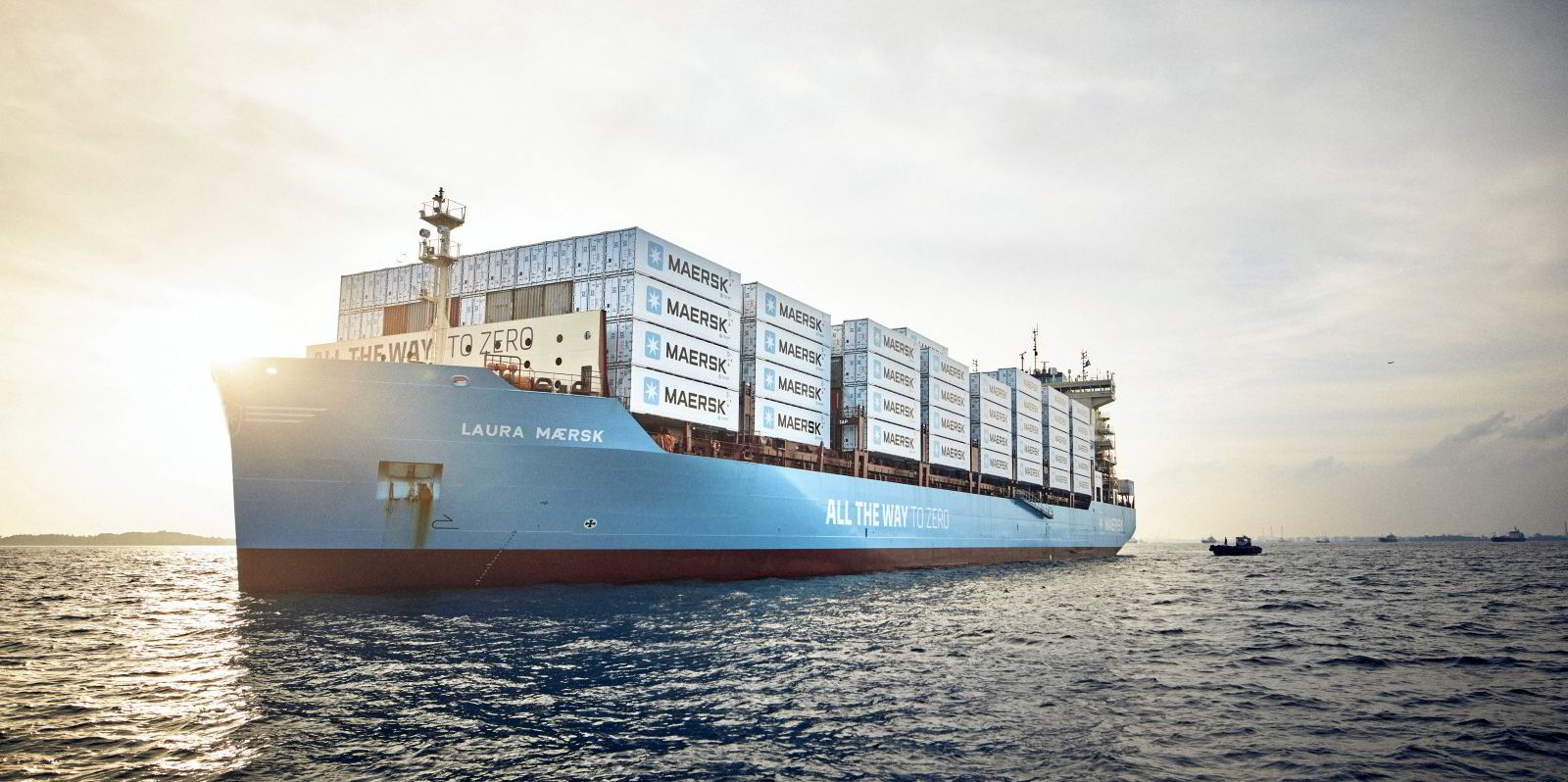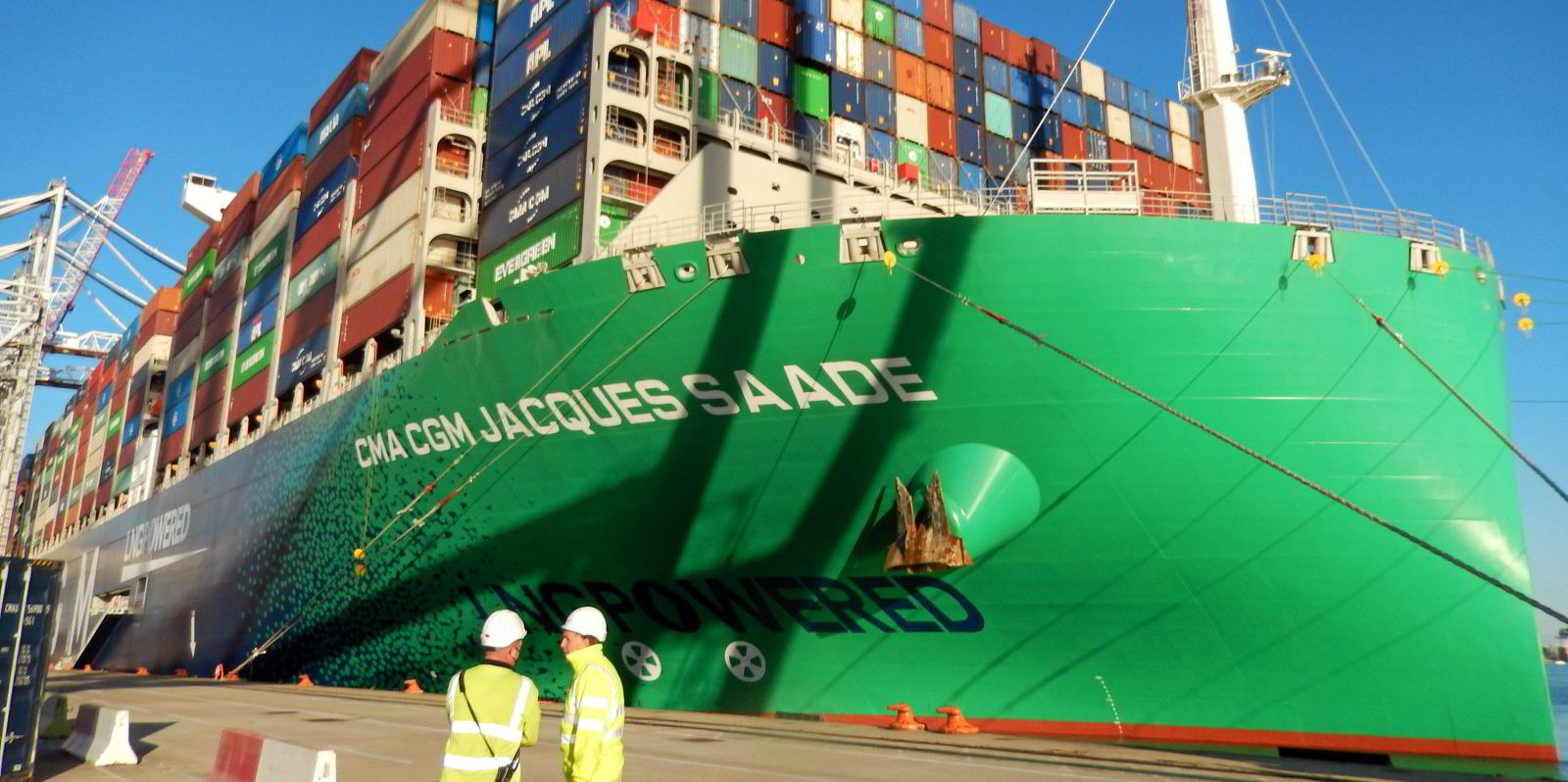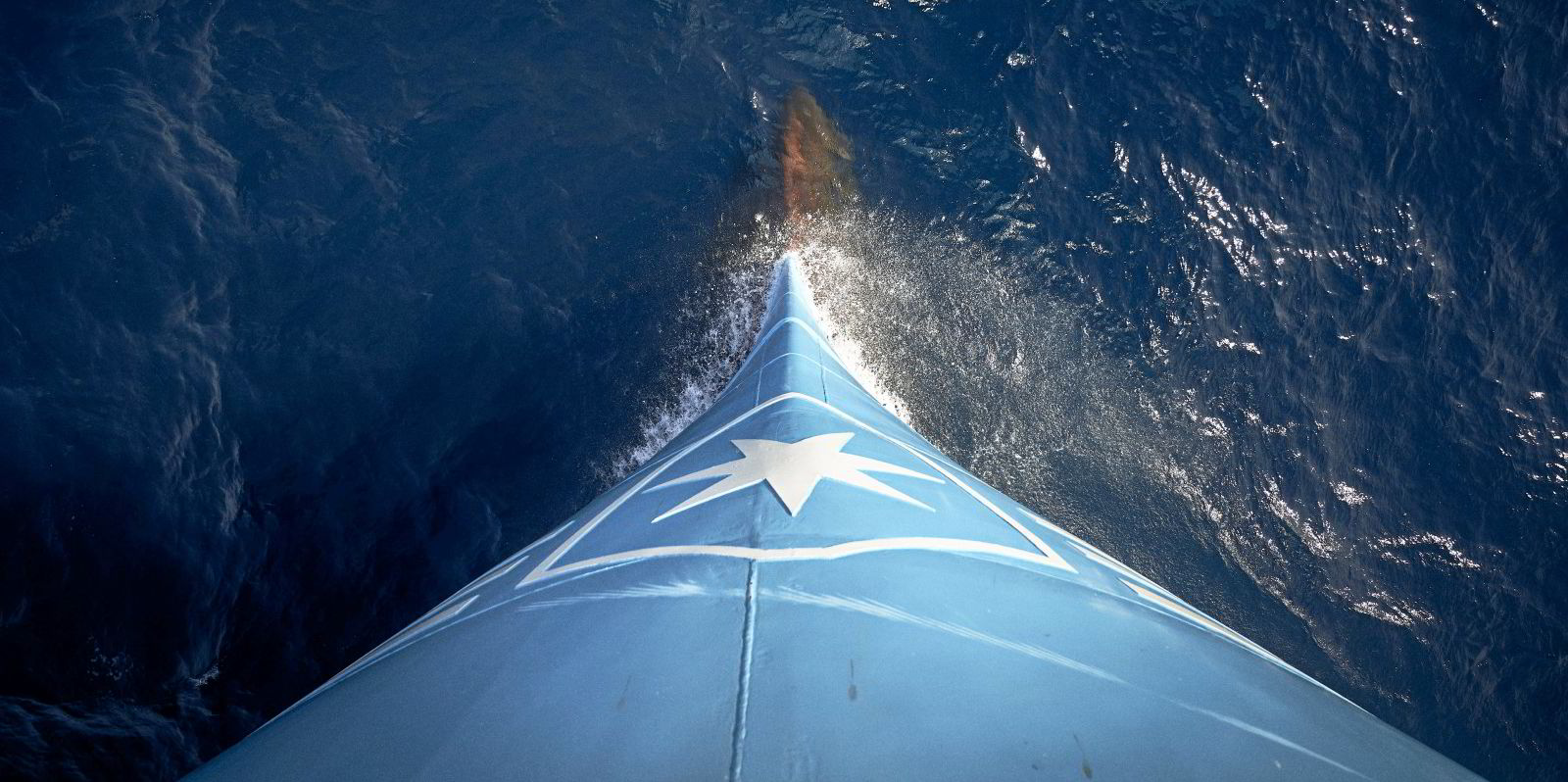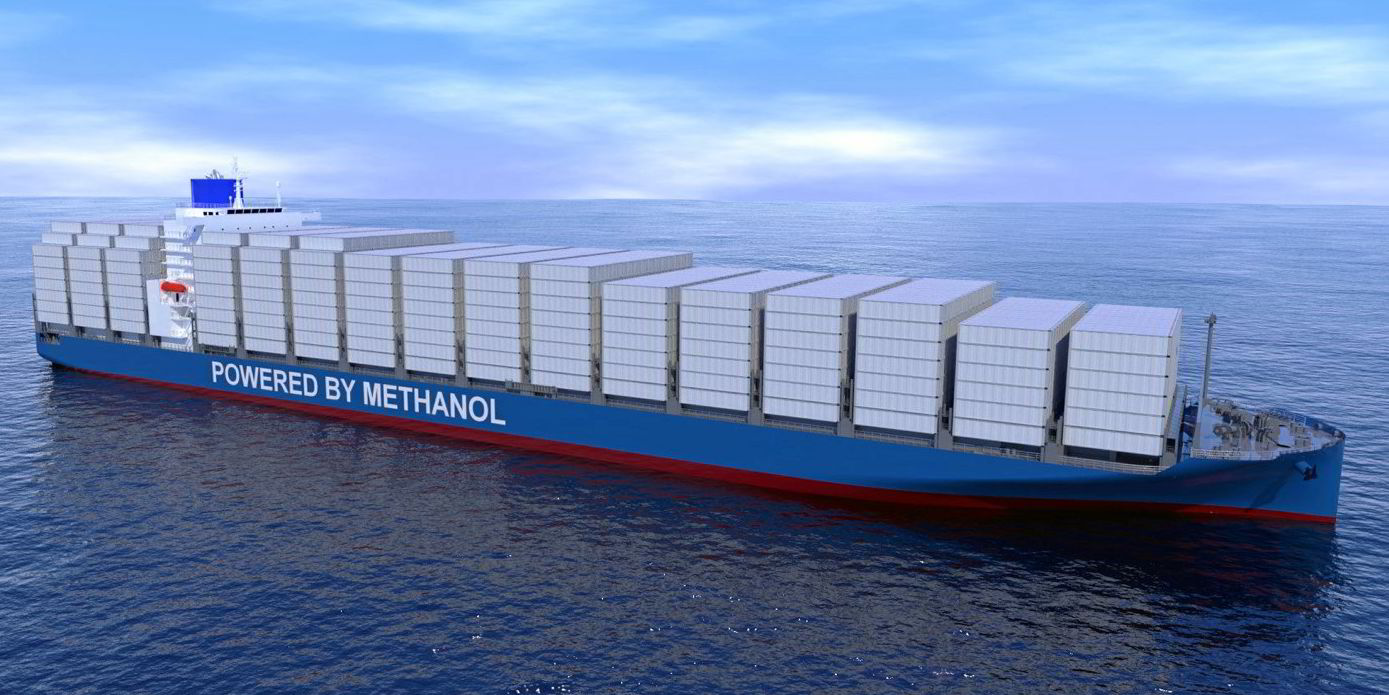Nearly 200 container ships have been added to the newbuilding pipeline so far this year, pushing the global orderbook to a record high.
Orders continue despite the record number of vessel deliveries and ebbing demand that is placing pressure on container freight and charter markets.
Estimates by Alphaliner show at least 187 vessels have been added to the global orderbook in the first nine months of the year.
This has lifted it to a record high of 7.88m teu.
The analyst noted that the tally is equivalent to almost 29% of today’s fleet capacity and amounts to 1.75m teu of additional fleet capacity.
Most vessels have been contracted by carriers rather than tonnage providers.
And they are continuing to place orders despite freight markets crashing from their pandemic-inspired highs to their lowest level for three years.
The World Container Index, which measures spot rates on eight key east-west trades, is down 60% over a year to $1.369 per 40-foot equivalent unit on 12 October.
The outlook for next year remains for continued pressure on markets, with rates moving further downwards, according to Clarksons Research.
The shipbroker expects rates to soften next year, with supply forecast to grow about 7% in 2024, despite increased recycling and potential ‘cascading’.
It added that environmental policies are expected to moderate supply and are unlikely to transform weaker container markets, given the scale of expected deliveries and ongoing demand-side pressure.
Why now?
So why are liners still ordering at such a precarious time?
Alphaliner said part of the reason is that carriers still have enormous cash reserves from the pandemic.
However, it suggested the overwhelming reason is their desire to decarbonise the liner sector.
Green ships — methanol and LNG-powered — account for 83% of the capacity ordered so far in 2023.
Methanol-powered ships represented 52% of all new capacity ordered this year, while LNG-powered newbuildings accounted for 31%.
These orders have pushed up the portion of the container ship orderbook dedicated to alternative fuels.
Alphaliner noted that the current container ship orderbook comprises 28% of LNG-powered ships and 19% of methanol dual-fuel units.
The tally excludes “methanol and ammonia-ready” newbuildings, which are not counted until they are retrofitted.
The order portfolio continues to grow despite the continuance of record deliveries.
Record deliveries
Some 202 vessels of 1.3m teu were delivered by the start of September, while only limited slippage has been seen so far, according to Clarksons.
That tally is expected to rise to 2.1m teu when projected into the full year 2023 and to 2.6m teu in 2024.
After that, the orderbook comprises an additional 3.6m teu, which is scheduled for delivery in 2025 and beyond.
French liner operator CMA CGM accounted for more than one-third of container ship newbuild orders this year, while Taiwanese rival has ordered 27%, according to estimates from Clarksons.
Alphaliner said Marseille-based CMA CGM will pay an estimated price of $6.5bn for the 36 LNG and methanol dual-fuel container ships.

Meanwhile, Evergreen Marine has opted for methanol as an alternative fuel for another 24 ships of 16,000 teu each, which it added represents an investment of more than $4.62bn.
The orders mean at least 76 methanol dual-fuel container vessels have been ordered this year, lifting the total number of methanol-powered ships to 139, according to Alphaliner estimates.
Newbuilding brokers report a continuing — albeit slower — flow of container ship enquiries.
TradeWinds reported earlier this month that AP Moller-Maersk is scouring shipyards for a fresh batch of methanol dual-fuel newbuildings as it battles for berth space at over-stuffed yards.
Maersk is said to be out in the market with a new project for between 10 and 15 boxships of around 3,500 teu each. The Danish giant is believed to have specified methanol dual-fuel for the vessels.
DNV reported this month that it has 216 methanol-fuelled ships in its database. Of these, 188 are on-order vessels, with 150 being for container ships.






